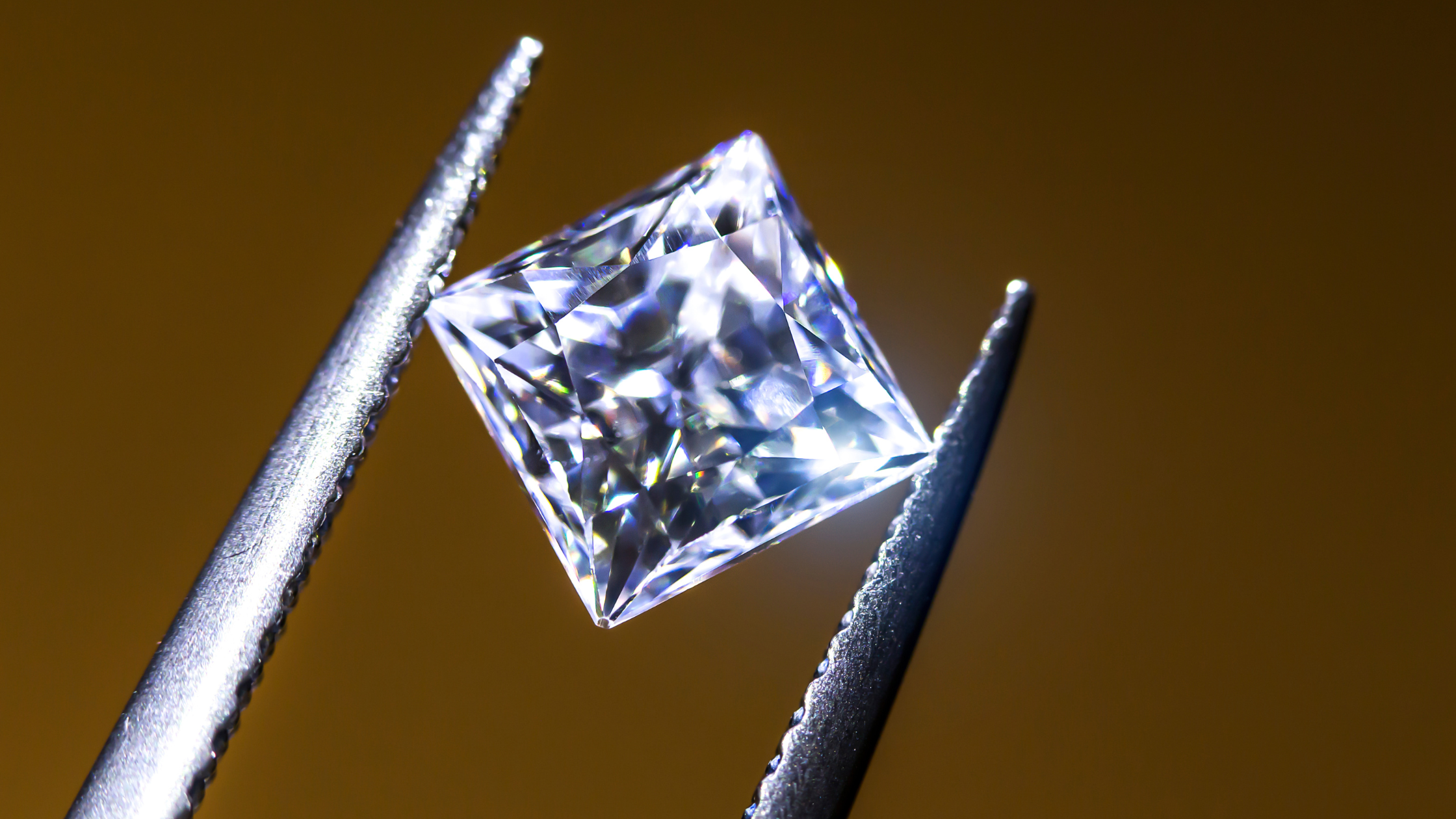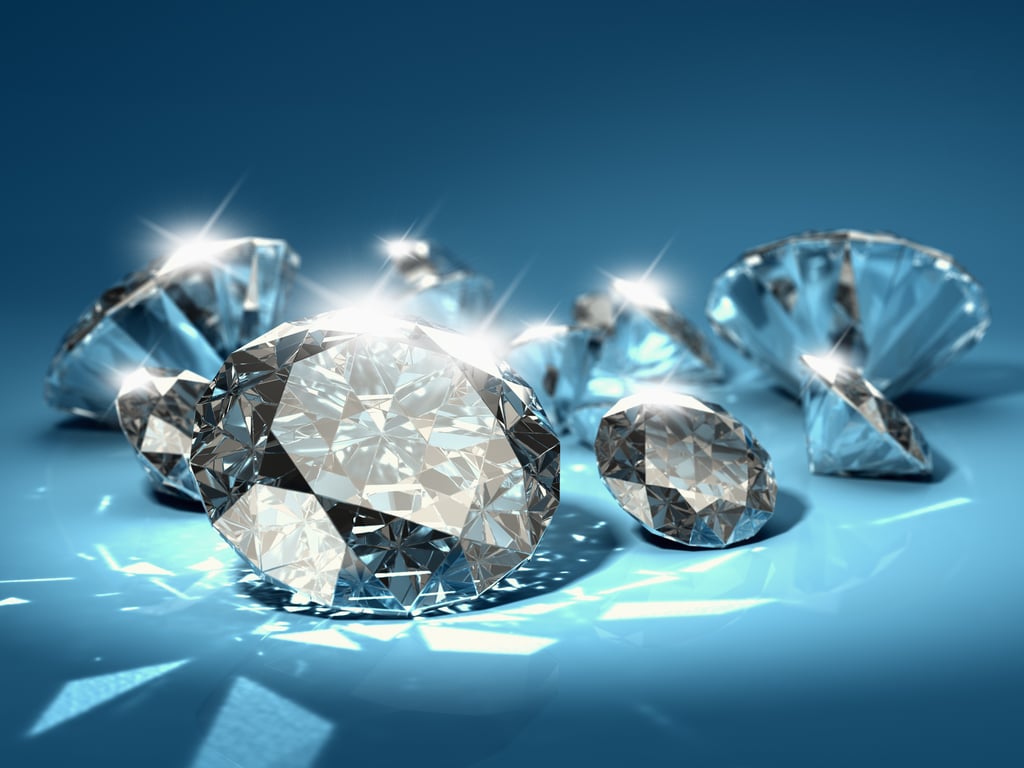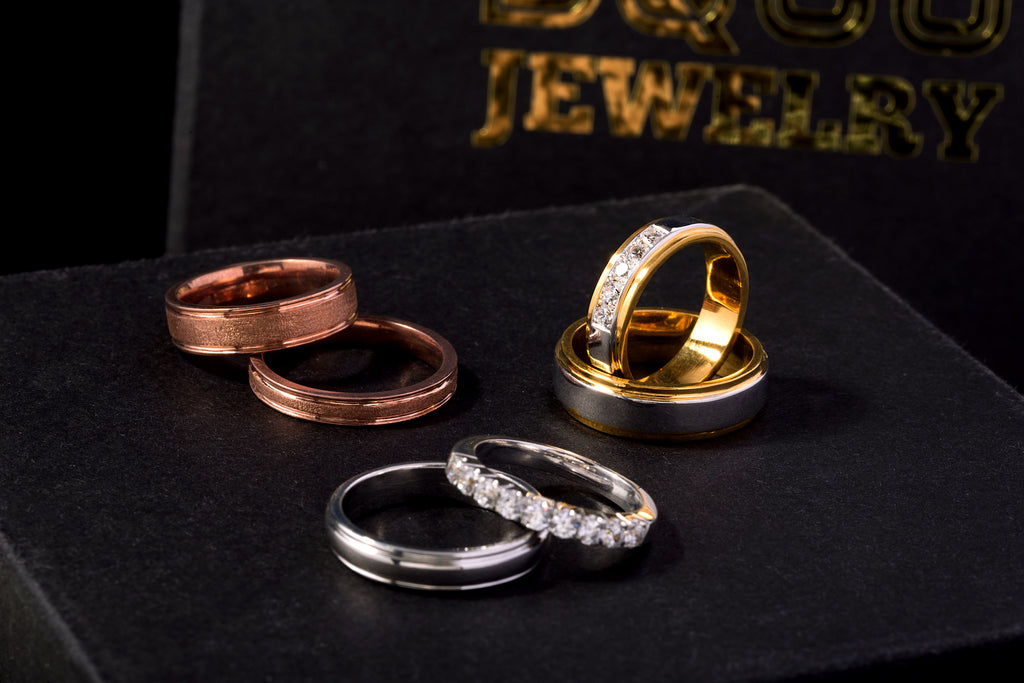Inclusions in Lab Grown Diamonds: Understanding the Beauty and Characteristics
 Posted On
Posted On
Lab grown diamonds are an exciting and innovative way to own a diamond, offering an ethical, environmentally friendly alternative to traditional mined diamonds. While lab grown diamonds are created in controlled environments using advanced technology, they share the same chemical structure, hardness, and brilliance as natural diamonds. One critical aspect that can affect the appearance and value of these diamonds is the presence of inclusions. Inclusions in lab grown diamonds are natural imperfections that occur during their creation process. In this article, we will explore the concept of inclusions in lab grown diamonds, how they form, and what they mean for potential buyers.
What Are Inclusions in Lab Grown Diamonds?
Inclusions in lab grown diamonds refer to internal imperfections or blemishes within the diamond structure. These can be small crystals, air bubbles, or other foreign materials that become trapped during the creation process. Despite being “grown” in a laboratory, lab grown diamonds are not perfect, and these inclusions can be seen with a jeweler’s magnifying tool. While these imperfections do not affect the overall beauty or durability of the diamond, they can influence its value, clarity, and visual appeal. Understanding these inclusions is essential when shopping for a lab grown diamond.
How Do Inclusions in Lab Grown Diamonds Form?
Inclusions in lab grown diamonds form during the process of creating the diamonds in a lab setting. There are two primary methods for producing these diamonds: High Pressure High Temperature (HPHT) and Chemical Vapor Deposition (CVD). Each method has its own set of conditions that may lead to different types of inclusions. For example, the HPHT method mimics the natural conditions under which diamonds form beneath the Earth’s surface, and it can lead to inclusions that are similar to those found in natural diamonds. On the other hand, the CVD method involves the use of gases that crystallize into a diamond shape, which may introduce different types of inclusions. Regardless of the method used, inclusions are a normal and unavoidable part of the diamond creation process.
Types of Inclusions in Lab Grown Diamonds
Inclusions in lab grown diamonds can vary in size, shape, and type. Some of the most common types of inclusions include cloud-like formations, small crystals, pinpoints, and even gas bubbles. These inclusions can be present at different depths within the diamond, and their visibility depends on the size and type of inclusion. Some inclusions are only visible under magnification, while others may be apparent to the naked eye. For consumers, understanding the different types of inclusions can help them make an informed decision when selecting a lab grown diamond.
The Impact of Inclusions on the Value of Lab Grown Diamonds
The presence of inclusions in lab grown diamonds can significantly affect their value. Diamonds are graded based on the 4 Cs: Cut, Color, Clarity, and Carat Weight. Clarity refers to the presence of inclusions and how visible they are. Lab grown diamonds with fewer and less noticeable inclusions are typically higher in clarity, which can increase their value. However, diamonds with more noticeable inclusions may be priced lower, as these imperfections can affect the overall visual appeal. It is important for buyers to assess the level of inclusions in a lab grown diamond to determine whether they are willing to compromise on clarity for a more affordable price.
How to Choose a Lab Grown Diamond with Minimal Inclusions
When purchasing a lab grown diamond, it’s essential to consider the inclusions and how they may impact the diamond’s appearance. If clarity is a top priority, you may want to look for diamonds with fewer inclusions or those that are less noticeable to the naked eye. Jewelers often provide detailed reports from gemological laboratories that evaluate the clarity of a diamond, including the type, size, and location of any inclusions. By reviewing these reports, you can select a lab grown diamond that meets your desired specifications.
Additionally, it is worth noting that while inclusions in lab grown diamonds are natural, they do not necessarily detract from the beauty of the stone. In many cases, these inclusions are microscopic and do not affect the diamond’s brilliance or sparkle. Many consumers are happy to embrace the unique characteristics that inclusions bring, as they add to the authenticity and individuality of the diamond.
Inclusions in Lab Grown Diamonds vs. Natural Diamonds
A common misconception is that inclusions in lab grown diamonds are different from those in natural diamonds. However, this is not the case. Both types of diamonds can have similar types of inclusions, such as crystals or gas bubbles. The primary difference lies in the origin of the diamond. Lab grown diamonds are created in controlled laboratory environments, while natural diamonds form over millions of years deep within the Earth’s crust. Despite this difference, both types of diamonds can have inclusions that impact their clarity and value.
Conclusion: Inclusions in Lab Grown Diamonds Are Part of Their Charm
Inclusions in lab grown diamonds are a natural and unavoidable part of their creation process. While they can influence a diamond’s clarity, they do not detract from the stone’s beauty or durability. For buyers, understanding inclusions can help them select a lab grown diamond that meets their preferences and budget. Whether you prioritize flawless clarity or appreciate the uniqueness of a diamond with visible inclusions, lab grown diamonds offer a range of options to suit every taste. Remember, inclusions are part of what makes each diamond unique, and they should be embraced as a characteristic that adds to the charm of these stunning, eco-friendly gems.





